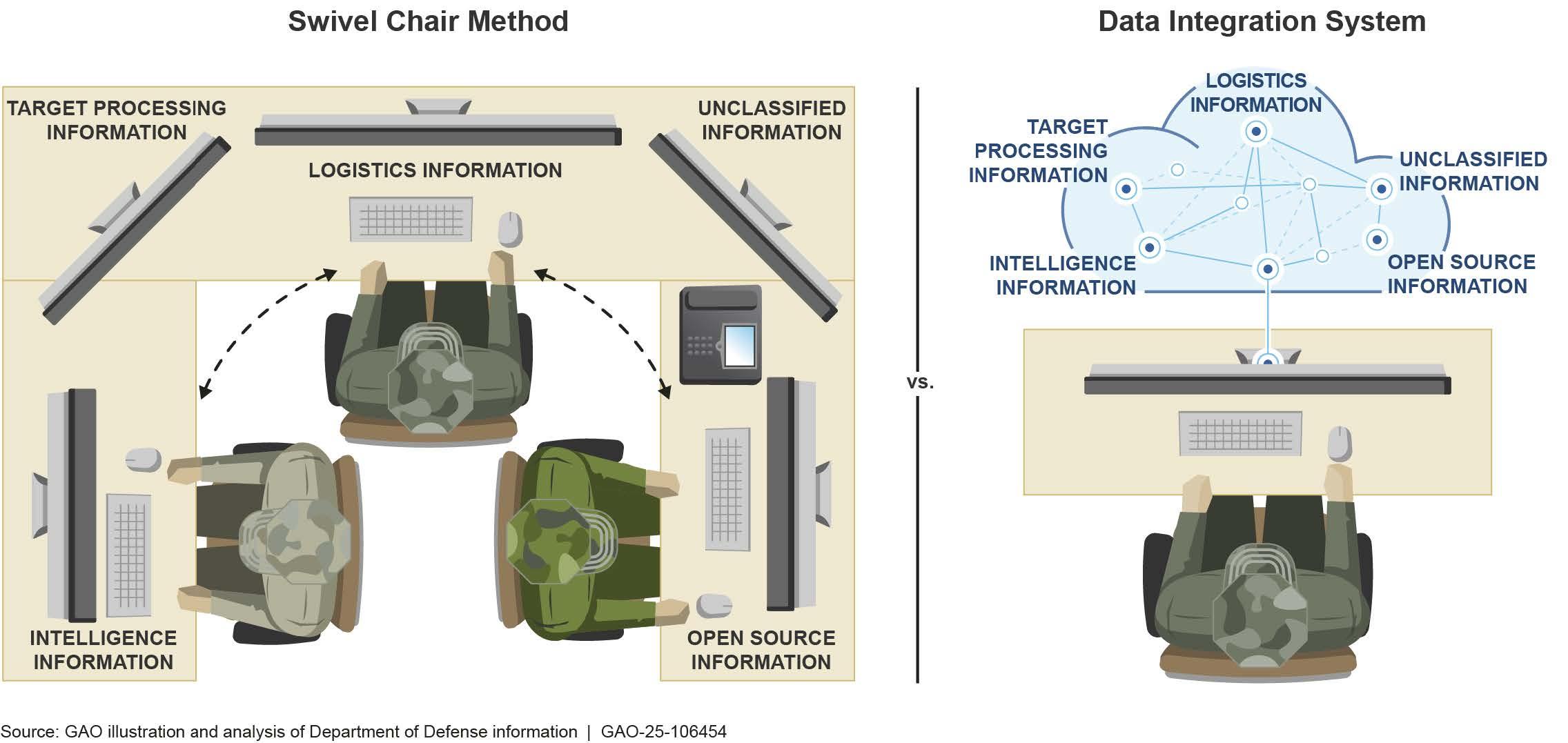Table of Contents
- Understanding the Domain Flipping Market Landscape
- Identifying Profitable Domains for Resale
- Strategies for Acquiring Domains at Lower Prices
- Tips for Effectively Marketing Your Domain Portfolio
- Navigating the Legal Aspects of Domain Flipping
- Q&A
- Concluding Remarks
Understanding the Domain Flipping Market Landscape
The domain flipping market has evolved significantly over the past decade, influenced by advancements in technology and shifts in consumer behavior. Flipping domains involves purchasing domain names at lower prices and reselling them at a profit, capitalizing on their perceived value. Understanding the market dynamics is critical for anyone looking to succeed in this area. Key factors driving value include:
- Domain Extension: The most popular extensions, such as .com, often carry higher prices due to their familiarity and authority. However, niche extensions like .io or .tech can yield lucrative opportunities for specific audiences.
- Keyword Relevance: Domains that feature popular keywords can attract higher resale values, especially if they align with competitive markets.
- Brandability: Memorable, catchy, and easy-to-spell domains are in high demand, as businesses seek names that enhance their brand identity.
Market trends tend to fluctuate, and staying informed can significantly impact your flipping strategy. For instance, an increase in e-commerce activity may lead to a higher demand for domains related to retail. Regularly analyzing current trends will allow domain flippers to identify lucrative opportunities. A simple comparison table can help illustrate the potential profitability:
| Domain Type | Average Purchase Price | Potential Selling Price |
|---|---|---|
| Premium .com Domains | $500 – $5,000 | $2,000 - $50,000 |
| Niche Extensions | $100 – $1,000 | $1,000 – $10,000 |
| Aged Domains | $150 - $3,000 | $500 - $20,000 |
Lastly, networking plays a vital role in navigating this market landscape. Engaging with other domain investors on forums, attending industry conferences, and participating in online communities can lead to valuable connections. These interactions can not only provide insight into market trends but also potential collaboration opportunities. Cultivating a network within the domain selling community could be the key to unlocking new avenues for growth.


Identifying Profitable Domains for Resale
When venturing into the world of domain flipping, pinpointing domains with resale potential is key to success. Start by looking for short, memorable names that can easily be recalled. Such domains typically attract buyers looking for branding opportunities, making them a hot commodity. Additionally, consider domains with keyword relevance, as they are often more valuable in driving organic traffic. A name that clearly reflects a niche or industry can significantly boost its resale value.
Next, evaluate the domain’s age and history. Established domains, particularly those with a clean history, can fetch higher prices. Use tools like the Wayback Machine to check the previous content and ensure there are no red flags that could deter potential buyers. Also, keeping an eye on TLD (Top-Level Domain) extensions matters; domains with popular TLDs such as .com, .net, or .org generally command higher resale values due to their perceived credibility.
consider creating a list of potential domains based on your research. Here’s a quick table to outline the essential factors for profitable domains:
| Factor | Importance |
|---|---|
| Length | Shorter names are generally more valuable. |
| Keywords | Relevant keywords can enhance search visibility. |
| Age | Older domains are often more trusted. |
| History | A clean history increases buyer confidence. |
| TLD | Popular TLDs tend to hold more value. |
By focusing on these elements, you can systematically identify profitable domains that are ripe for resale, setting the stage for a successful domain flipping journey.


Strategies for Acquiring Domains at Lower Prices
Acquiring domains at competitive prices requires a savvy approach and a bit of research. One effective strategy is to monitor domain auctions and marketplaces closely. Many times, domains that previously held value can be picked up at a bargain during these sales. Platforms such as GoDaddy Auctions, NameJet, and Sedo often feature domains that are about to expire. Set alerts for specific keywords or domain extensions to ensure you don’t miss out on valuable opportunities.
It’s also beneficial to explore expired domains. These are domains that were once registered but are no longer in use. Tools like Wayback Machine can help you assess the past traffic and backlink profile of these domains. You might find a hidden gem that not only has good SEO potential but can also be acquired for a fraction of its original value. Target domains that have relevant keywords, as they can give you a competitive edge when flipping.
Another tactic is to leverage negotiation techniques. If you find a domain you’re interested in being sold directly by its owner, don’t shy away from negotiating. Often, domain owners are willing to sell at lower prices than their listed amounts. Craft a convincing message that highlights your interest and shows you’ve done your homework. Additionally, offering a slightly higher initial bid can create a sense of urgency, prompting sellers to consider your offer more seriously.


Tips for Effectively Marketing Your Domain Portfolio
Marketing a domain portfolio effectively can significantly enhance your chances of making successful sales. Identify your target audience by researching potential buyers who may be interested in the specific niches of your domains. This way, you can tailor your marketing efforts, ensuring they resonate with the right people. Additionally, creating a strong brand presence online can help establish credibility. Consider the following strategies:
- Leverage social media platforms like Twitter, Facebook, and LinkedIn to showcase your domains.
- Join online forums and communities related to domain flipping and investment.
- Utilize email marketing campaigns to reach interested leads directly.
Another effective approach is to optimize your domain listings for search engines. This involves using relevant keywords in your domain descriptions and making sure your listings are detailed and appealing. Highlight the potential uses for each domain, which can trigger buyers’ imaginations and encourage them to make a purchase. You might also want to create a user-friendly website to showcase your portfolio with the following features:
| Feature | Description |
|---|---|
| Sleek Design | A clean, professional layout that enhances usability. |
| Search Functionality | Allow users to filter and search for domains easily. |
| Mobile Optimization | Ensure that your website works seamlessly on mobile devices. |
Lastly, build relationships within the industry to expand your reach and influence. Attend domain conferences, network with fellow investors, and consider collaborations with marketers and SEO specialists. Such connections can open doors to new opportunities. Maintaining a good rapport with your clientele makes for repeat customers and recommendations, giving your portfolio a solid foundation for sustained growth.


Navigating the Legal Aspects of Domain Flipping
When diving into the world of domain flipping, it’s crucial to stay informed about the legal landscape that governs this digital territory. With the increasing value of virtual real estate, understanding intellectual property rights becomes essential. Ensure that the domain names you purchase or sell do not infringe on existing trademarks or copyrights. To protect yourself, conduct thorough research beforehand and consider consulting with a legal professional who specializes in internet law. Some key considerations include:
- Trademark Searches: Always perform a search to check if the domain name is associated with a registered trademark.
- Domain Disputes: Familiarize yourself with the Uniform Domain Name Dispute Resolution Policy (UDRP), which offers a framework for resolving conflicts.
- Privacy Protection: Protect your personal information by using privacy registration services provided by many registrars.
Another vital aspect to consider is the potential for domain theft or fraud. To minimize risks, implement security measures such as two-factor authentication and keep your domain registrar account information secure. Many successful flippers recommend maintaining an organized portfolio of domains, categorizing them according to their value, potential for resale, and expiration dates. Here’s a simple table illustrating some common categories:
| Category | Description |
|---|---|
| Premium Domains | Short and catchy names that are easy to remember. |
| Geo-Domains | Names that include geographic locations, popular for local businesses. |
| Brandable Domains | Uniquely crafted names that can be used for new brands. |
Lastly, keep abreast of the tax implications associated with buying and selling domains. Income generated from domain flipping may be categorized as capital gains or ordinary income, depending on your selling methods and the length of time you held the assets. To navigate these financial waters smoothly, maintain detailed records of all transactions, including purchase and sale prices, and consult with an accountant familiar with digital asset taxation. This way, you’ll be well-prepared to respond to any legal queries or audits in the future.

